Edited, see bottom of this post.
What would be the best method for preventing damage to multiple audio input devices that are connected to a home made audio patch panel?
Im wanting to make a device or cable where I can connect multiple 1/8" 3.5mm stereo audio sources, and have them output thru a single lead/port/connector.
My concern is potentially damaging the other sources by having the signal/voltage feed back to the others because all the leads would be interconnected.
The sources would be low power devices like mp3 players and cell phones.
I don't know the terminology, but im basically looking for an electronic "check valve" that would prevent signals from one device back-feeding to the rest, while (preferably) not inhibiting the signal strength going to the output port.
Edit: So what I'm looking to do is make a device or wire for connecting my phones audio out via headset Port, and my xbox ones headset (headphoneout + mic in... On the controller) to my headset with mic, all at one time. The console doesn't support background music, so id like to mix the game audio and phone audio into a single set of headphones, while having the mic feed return to the controller.
The "damage" concern is that I'm worried about damaging my phone by running xbox audio, but not phone audio, and having that signal voltage back-feeding into my phone audio out Port (or vice versa). Idk if that should be a concern or not, but for peace of mind, I would rather not have voltage going into an out Port on either device.
Hence the "check valve" reference. Something that would allow voltage to move forward, toward the headset, but preventing it from running back to the other device. Hope that makes sense.
More or less, I could easily make a Y adapter that has 3 female trrs Jacks, then connect all devices, but im wondering if I should put a resistor or something on two of the leads to stop or lessen voltage from device A going back to device B, but allowing both to flow freely to the Headset.
EDIT 2: I found this diy inout mixer in my searches that seems like it would be what I need. Can you check it out and give me feedback on the design, and if it seems 'proper'? Thanks.
http://www.instructables.com/id/Altoids-Tin-18-Stereo-Mixer/?ALLSTEPS

